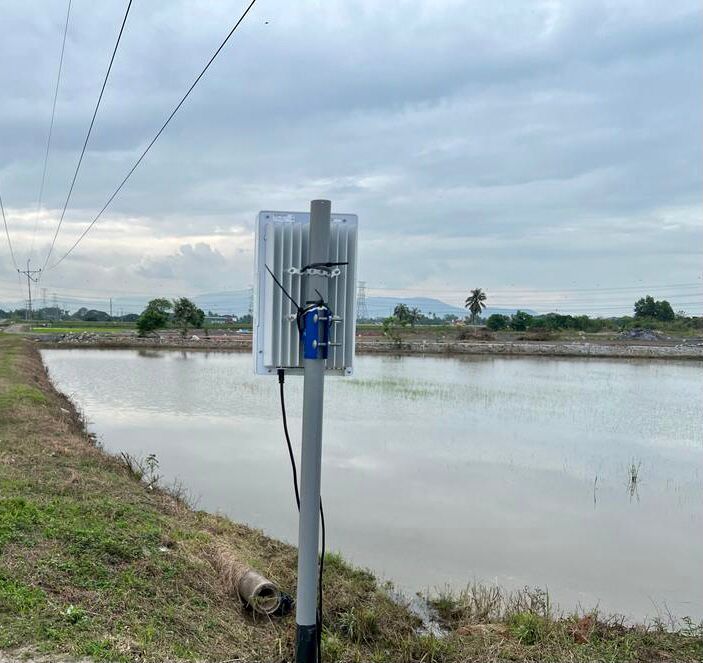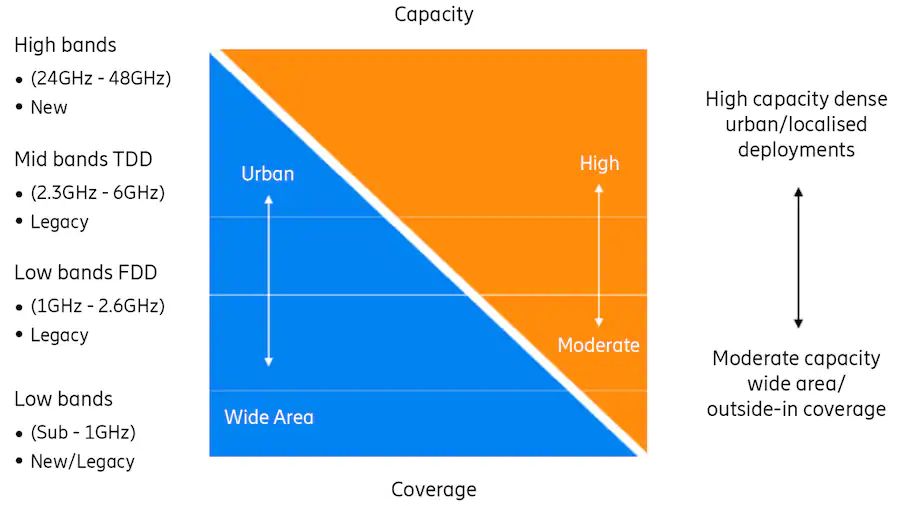Ericsson together with Digital Nasional Berhad has claimed to deliver gigabit speeds on 5G millimetre wave (mmWave) over a “world record distance”. The Swedish telecommunications provider said DNB’s 5G network achieved a 1Gbps downlink over a distance of 11.18km from a mmWave antenna in Butterworth, Penang to a point off the island.

Ericsson said the major milestone was achieved as part of a 28GHz mmWave trial in Penang, Malaysia and it is a showcase of their extended-range software to quickly deliver cost-effective, high-quality internet connectivity solutions via Fixed Wireless Access (FWA) in areas where wired connections are not economically feasible. It added that this paves the way for local telcos to provide better and wider connectivity to reach more consumers and enterprises as it will allow for the delivery of high-quality, wireless broadband connectivity that is cost-effective using FWA solutions within existing 5G coverage areas.

Among the three main 5G bands (700MHz, 3.5GHz, 26/28GHz) identified in Malaysia, the higher 26/28GHz mmWave offers the fastest speeds, highest bandwidth and lowest latency, but it has the least coverage. Ericsson said with their extended-range software innovation, the mmWave can be used to support FWA products over longer distances as demonstrated in Penang.
According to Ericsson, aggregating the 5G low band with the 5G high band can improve high-band coverage by up to 10db, extending the high-band cell coverage area by up to 3.7 times. The extended high band coverage helps to enable a greater offload of traffic from the lower band to the high band to provide higher throughput at the cell edge. With its software innovation, Ericsson says it has brought forward extended range capabilities for mmWave and FWA applications by enabling high data speeds on mmWave over a distance of 7km.
Head of Ericsson Malaysia, Sri Lanka and Bangladesh, David Hägerbro says, “Achieving this milestone by leveraging Ericsson’s 5G Fixed Wireless Access technology is a strong example of the world-class 5G network that Ericsson is providing in Malaysia. This achievement will allow Ericsson to work with DNB to quickly provide connectivity for schools, hospitals, small and medium businesses, and areas that can benefit from connectivity in a cost-efficient manner and bring connectivity to historically underserved locations.”
Last month, Samsung has announced a similar milestone by claiming to achieve an even higher 1.75Gbps downlink and 61.5Mbps uplink over a distance of 10km on 5G mmWave in Australia. According to Samsung, the high downlink speed at such an extended range during its trial with Australia’s National Broadband Network (NBN) is achieved by utilising 8 component carriers (8CC) which use an aggregation of 800MHz of mmWave spectrum.
Australia’s NBN is said to be among the first in the world to deploy 5G mmWave technology at this scale and the 10km milestone will pave a way for further developments to extend the reach of existing FWA in rural areas.
Among the three spectrums identified for 5G in Malaysia, the lower 700MHz band could have been utilised to deploy wireless broadband in low-density rural areas. While the capacity isn’t as high as 3.5GHz and 26/28GHz, it has a wider footprint to expand 5G reach to rural areas and interstate highways. As demonstrated by TM back in 2020, the 700MHz 5G SA network can deliver speeds of more than 200Mbps on 5G and the same spectrum can be used for both 4G and 5G using Dynamic Spectrum Sharing (DSS). It is also worth pointing out that higher mmWave bands such as 26GHz and 28GHz are susceptible to weather conditions and the signals can be affected by light rain.
Related reading
- Ericsson expects 4 million Malaysians to sign up for 5G in 2023
- In under two years, Singtel’s 5G SA network achieves over 95% coverage in Singapore
- 5 things Fahmi Fadzil needs to fix as Digital Communications Minister
- Opensignal: Malaysia’s average 5G download speed is 172% higher than Thailand but 14.3% lower than Singapore








